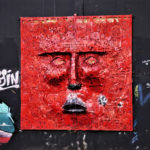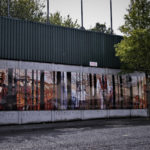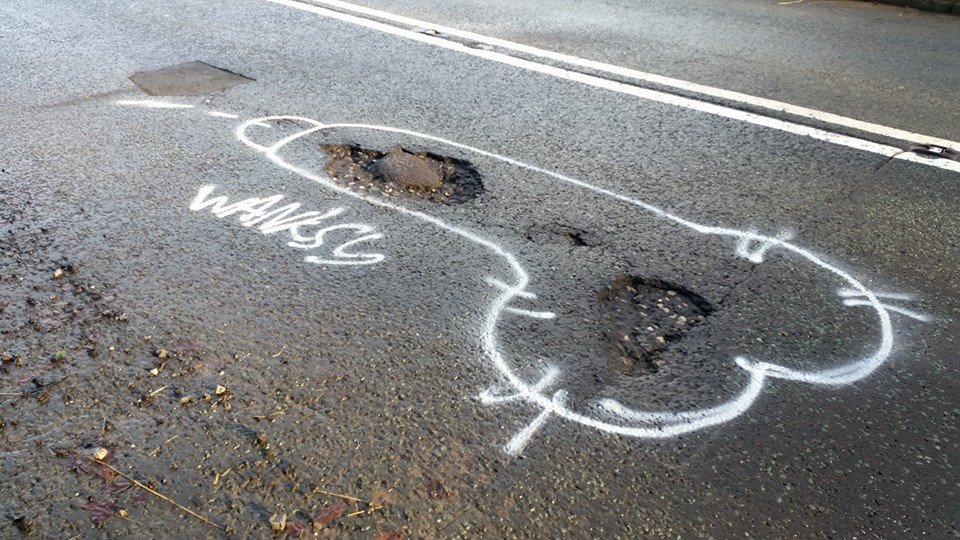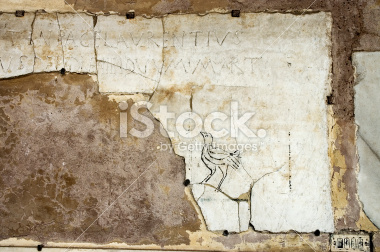Do peace walls create a tranquil environment or a cordial divide? The ideas of creating a physical divide between those with contrasting beliefs for “peace” is anti-progressive. The first peace walls in Belfast, Ireland were built out of barricades that the local communities erected during the periods of intense rioting in Northern Ireland in1969. They were meant to separate the Protestant and Loyalist community as well as the Catholic and Nationalist community. Intense political issues regarding civil rights and discrimination against Irish Catholics motivated the riots. They caused periods of sporadic violence, especially in Belfast, where many people were killed and hundreds wounded.
While the walls were built to be temporary they continued to change and slowly became more permanent structures. An interesting aspect to the “peace” walls is the form and materials used to create them. Made of concrete, barbed wire, brick walls, and steel fences, the materials symbolize a violent and rugged message, contradicting their purpose to maintain a more peaceful environment. (Is this not art in itself?) While visiting Belfast, I noticed the different styles of artwork and the messages they conveyed on one of the walls. The intensity of the art and the overbearing stature of this particular wall manifested the power of its history and purpose through creative visuals. For example, part of the wall had large rectangles representing windows of people’s lives during the Irish Revolution, depicting women, children, and workingmen. It was as if you could see into the lives of the people living through that struggle. Connecting these “windows” were abstract lines detailed with quotes from people who were rioting for a better Ireland. One man by the name of David Ertine was quoted saying, “There are great opportunities for Northern Ireland, we have to grasp them.” The messages on these walls included calls to action, ideas from revolutionary minds, offensive slurs and abstract artwork.
Considering how the artistry of these walls still divides the Protestants from the Loyalists and maintains the intense atmosphere of Ireland’s violent history, its interesting to see how graffiti and alternate forms of expression have appeared on the walls over the years. Spray paint seems to be the weapon of choice for those defacing the wall and resulting in past messages being détourned, name tagging, angry messages, and abstract art pieces. As years have passed, the walls have remained and so has the divisive mentality of the people. It’s an “us or them” mentality, which keeps these people separate. Who has influenced each coming generation to continue this anti-progressive state of mind? What about those who disagree with the divide? What motivates the individuals who choose to deface the wall’s artistic message? They may use these walls as a platform for expression and deface them to show either approval or disapproval of what the walls stand for.
The act of illicitly painting graffiti on the fences, bricks, and walls is a sneaky thrill- a crime that seduces the person due to its compelling accessibility and deviant euphoria. If art is a platform and crime is the means of which people choose to participate, there’s beauty in the concept that laws and threat of punishment cannot stop people from expressing themselves and relaying messages they think are important or influential. This is the crime of expression.









